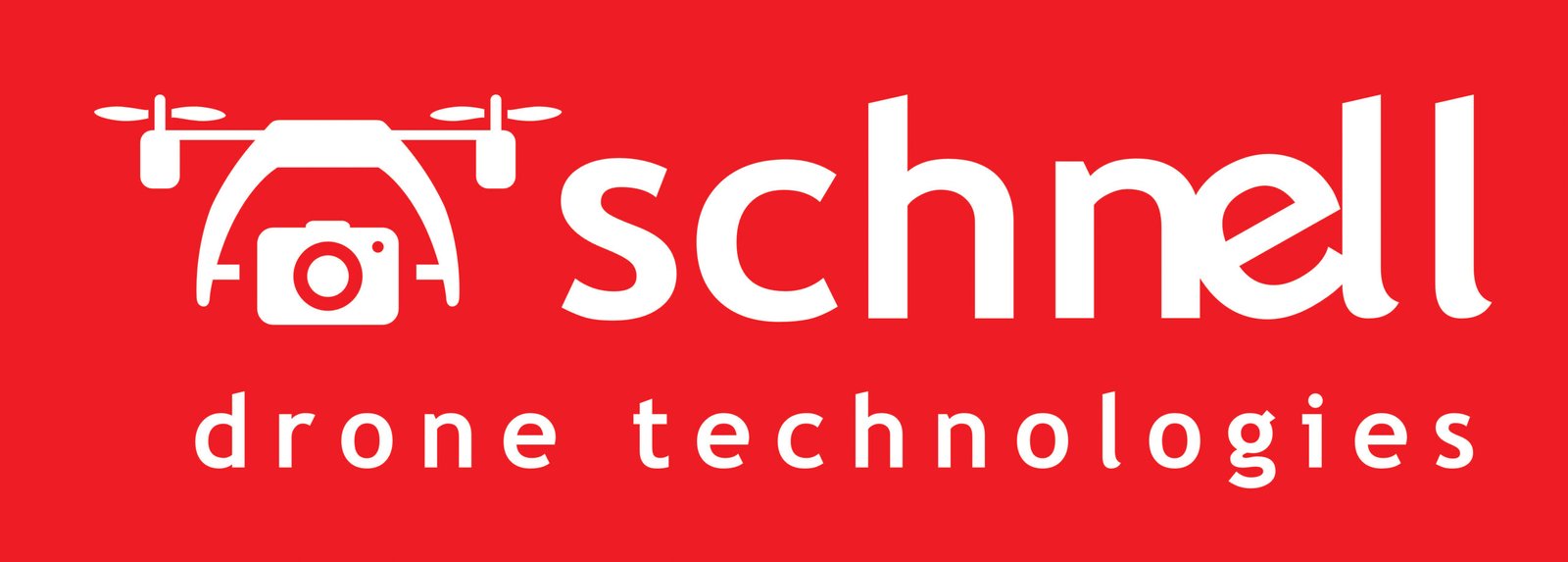Mining Sector
usage of drones in mining sector
Drones are being used vary effectively to moniter mining areas as well as calculate volume extracted. Till date, volume calculations were being done by the experienced employees having experience in that specific area for many years. Error margins were also high in such calculations. But now a days, drones are playing a major role in it.
Drones are fitted with RGB sensors to acquire aerial data of mining sites. GIS
experts process the data accumulated and create Orthorectified Imagery, 3D Point Cloud, Digital Elevation Models (DEM), Digital Terrain Models (DTM) and/or Digital
Surface Models (DSM). These models mirror vital characteristics such as safety berm heights, crests and toes, road boundaries, slope length, elevation change, etc., which promote the improvement of worker and site-safety management.
